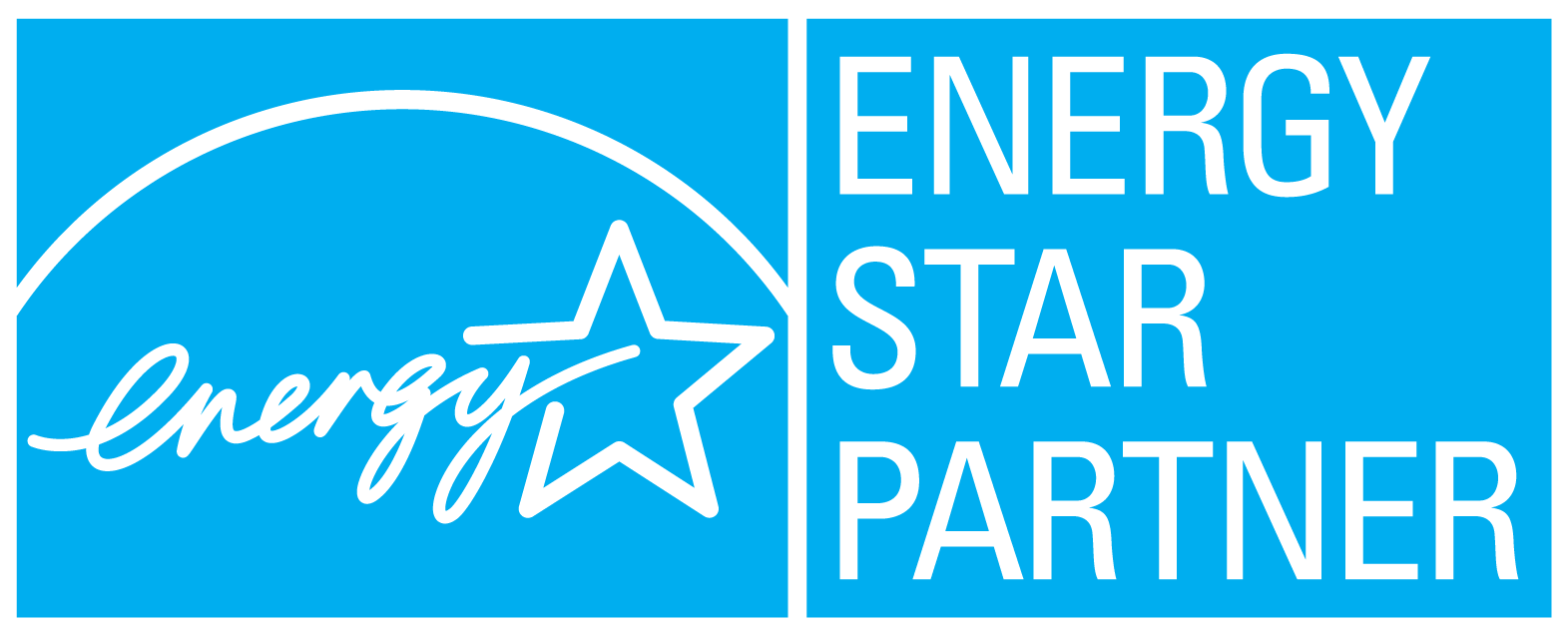
Summer is Coming: How to Reduce Electricity Consumption Without Disrupting Your Business
Summer is almost here, and as temperatures rise, thoughts of increased energy consumption and accompanying increased electricity bills during peak air conditioning months are on business leaders’ minds. Most of the states where Lower Electric works to save businesses money require round-the-clock cooling in summer to maintain comfortable and safe working conditions for employees and represents a significant expense for many companies.
Luckily, there are some very simple, non-disruptive energy reduction techniques your business can adopt right away without spending any money on infrastructure improvements.
4 Simple Tips for Reducing Your Company’s Electricity Use
1. Turn off lights
You likely turn off lights to save power when you leave a room in your home, so why not do this at work, too? Are there common spaces, such as meeting rooms, bathrooms, and kitchen/break areas that remain lit even when no one is using them? Identify lighting that can be turned off when no one is occupying a specific space and encourage employees to turn lights off in these areas when they’re not being used. (Cheerful reminder: notes above light switches are very helpful for this!) Lights can also be turned off in individual offices and workspaces when employees leave for the day, or for more than 15 minutes at a time, according to the US Dept of Energy.
2. Switch off computers and equipment
Like lighting, computers and other business equipment can consume surprising amounts of power when not being used. Do employees in your business typically shut down their computers at the end of the work day? If so, that’s a great energy savings, but it’s more likely that many computers in your business are unnecessarily left on for days or even weeks or months at a time! Energy is consumed even when a computer is left in sleep or standby mode. Resolve to switch off computers and other office equipment like printers, copiers, paper shredders, monitors, and presentation screens whenever possible. Common appliances in your business, such as breakroom microwaves and coffee machines, can also be switched off or even unplugged when not in use for even more energy savings.
3. Replace bulbs
While it’s unlikely that your business uses many incandescent bulbs, which are inefficient and costly, you could gain energy savings from replacing some older style bulbs with LED (Light Emitting Diode) bulbs. Even fluorescent bulbs, common in many office buildings, do not last as long as newer LED bulbs on the market today. As bulbs burn out, or older lighting fixtures require replacement, consider new LED options, which are very energy efficient and low cost even when not in use. See the US government-backed Energy Star Resource on lighting for more information about efficient bulb and fixture options.
4. Adjust thermostats
What temperature do you keep thermostats in your workspaces turned to for cooling in summer? This question can be a controversial one since not everyone is comfortable working at the same temperatures. Based on OSHA guidelines, office temperatures should be between 68-76 degrees Fahrenheit, but that’s obviously a broad range. Many offices are actually kept too cold when air conditioning is in use, and a conversation with employees in different workspaces may reveal that energy savings could be achieved by adjusting thermostats to allow for warmer air temperatures. Additionally, consider maintaining thermostats at even higher temperatures in workspaces that aren’t being occupied for at least eight hours at a time, such as during overnight hours.
A Few Additional Things to Consider
There are many ways to save energy in your business in addition to the simple tips listed above. For example, you can consider allowing employees to work remotely more often during peak cooling months so you don’t have to light and cool as much office space as often.
You may also be able to have an energy audit done on your buildings and workspaces for low or, in some cases, no cost. These audits identify ways in which you could save energy by making simple changes, or by investing in more extensive infrastructure improvements over time.
Get in touch with us here at Lower Electric today; we can answer any questions you might have regarding how to save even more money on your company’s electricity bill.



